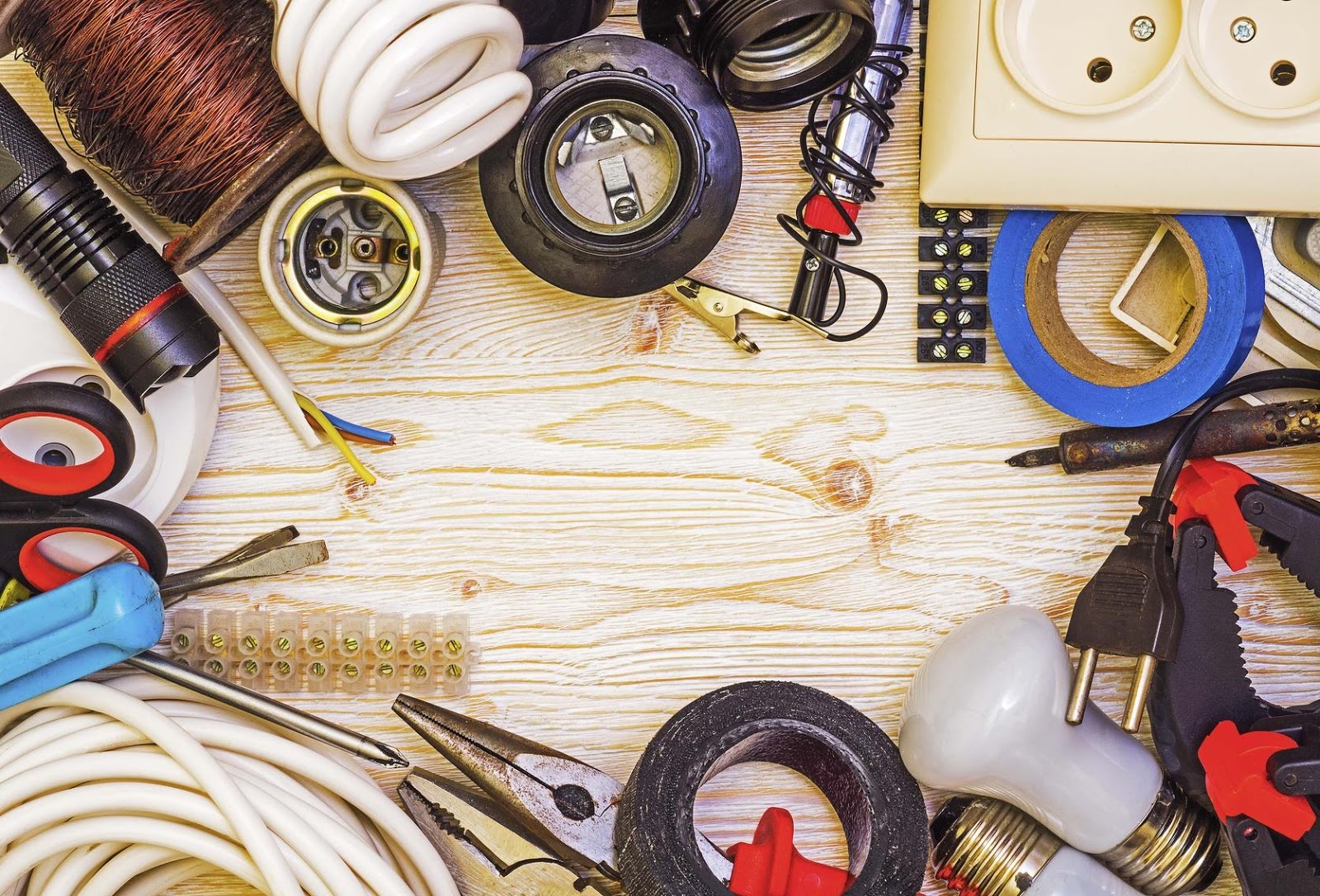Whether you’re an electrician, DIY enthusiast, or simply in need of an electrical component to repair or upgrade your home’s electrical system, buying used electrical supplies can be an excellent solution to save money. However, there are some risks involved, such as purchasing faulty or counterfeit items. The good news is that there are ways to avoid these pitfalls and find quality used electrical supplies. In this article, we’ll go through some tips and tricks to help you navigate the used electrical supplies market and make informed decisions.
Tip #1: Know What You Need
Before you start searching for used electrical supplies, you need to know precisely what you need. Whether it’s a circuit breaker, a switch, a motor, or any other electrical component, you need to determine the specifications, model, and brand to ensure compatibility and functionality. Look for the label or nameplate on the device or check the manufacturer’s website for more information. This step will help you avoid wasting time and money on items that won’t work for your intended purpose.
Tip #2: Check the Condition and Source
Once you’ve identified the electrical component you need, you should check its condition and the source where you plan to buy it. If you’re buying from a physical store, inspect the item for any physical damage, such as scratches, dents, or cracks, or signs of wear and tear. If you’re buying online, ask the seller for detailed pictures and descriptions or videos of the item and read the reviews and ratings from previous buyers. In either case, you should also ask about the item’s history, such as how long it has been used, why it is being sold, and whether it has been repaired or refurbished.
Tip #3: Verify the Authenticity
Counterfeit electrical components are a common problem, and they pose serious safety hazards, such as fire, electrocution, or explosion. Therefore, it’s crucial to verify the authenticity of the used electrical supplies before buying them. There are several ways to do that, depending on the type of component. For example, you can check the UL (Underwriters Laboratories) mark on the device to confirm its compliance with safety standards. You can also look for the serial number, hologram, or QR code on the packaging or label and verify it with the manufacturer’s database. Alternatively, you can use a counterfeit detection device or kit that can detect the presence of counterfeit parts in seconds.
Tip #4: Negotiate the Price
One of the advantages of buying used electrical supplies is that you can save money compared to buying new ones. However, that doesn’t mean you can’t negotiate the price further. If you’re buying from a private seller or a small business, you can use your bargaining skills to get a better deal. For example, you can offer a lower price than the asking price, especially if the item has some defects or flaws that affect its value. You can also ask for a bundle discount if you’re buying multiple items from the same seller. However, be respectful and reasonable in your negotiations, and don’t push too hard or risk losing the deal.
Tip #5: Use Trusted Payment Methods
Finally, you should use trusted payment methods when buying used electrical supplies, especially if you’re buying online or from an unknown seller. Cash or wire transfer can be risky, as they don’t provide any protection or recourse in case of fraud or dispute. Instead, you can use a credit card, PayPal, or other secure and verified payment gateways that offer buyer protection and dispute resolution. Moreover, you should also keep a record of the transaction, such as the receipt, invoice, or confirmation email, in case you need to refer to it later.












